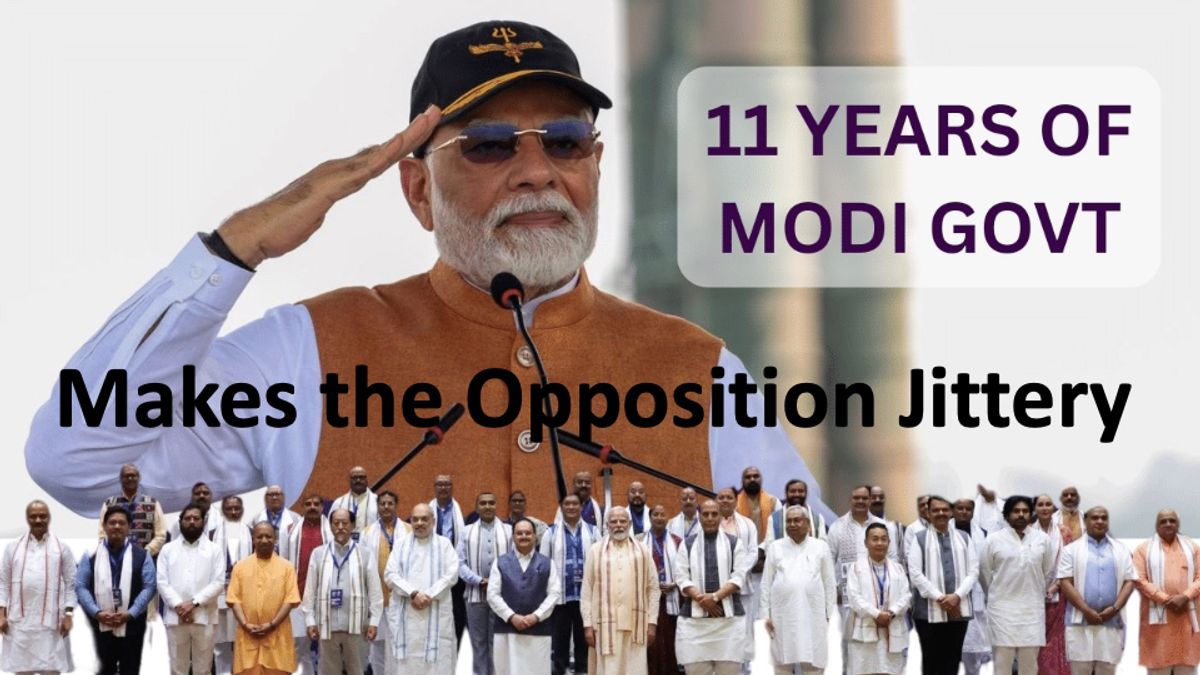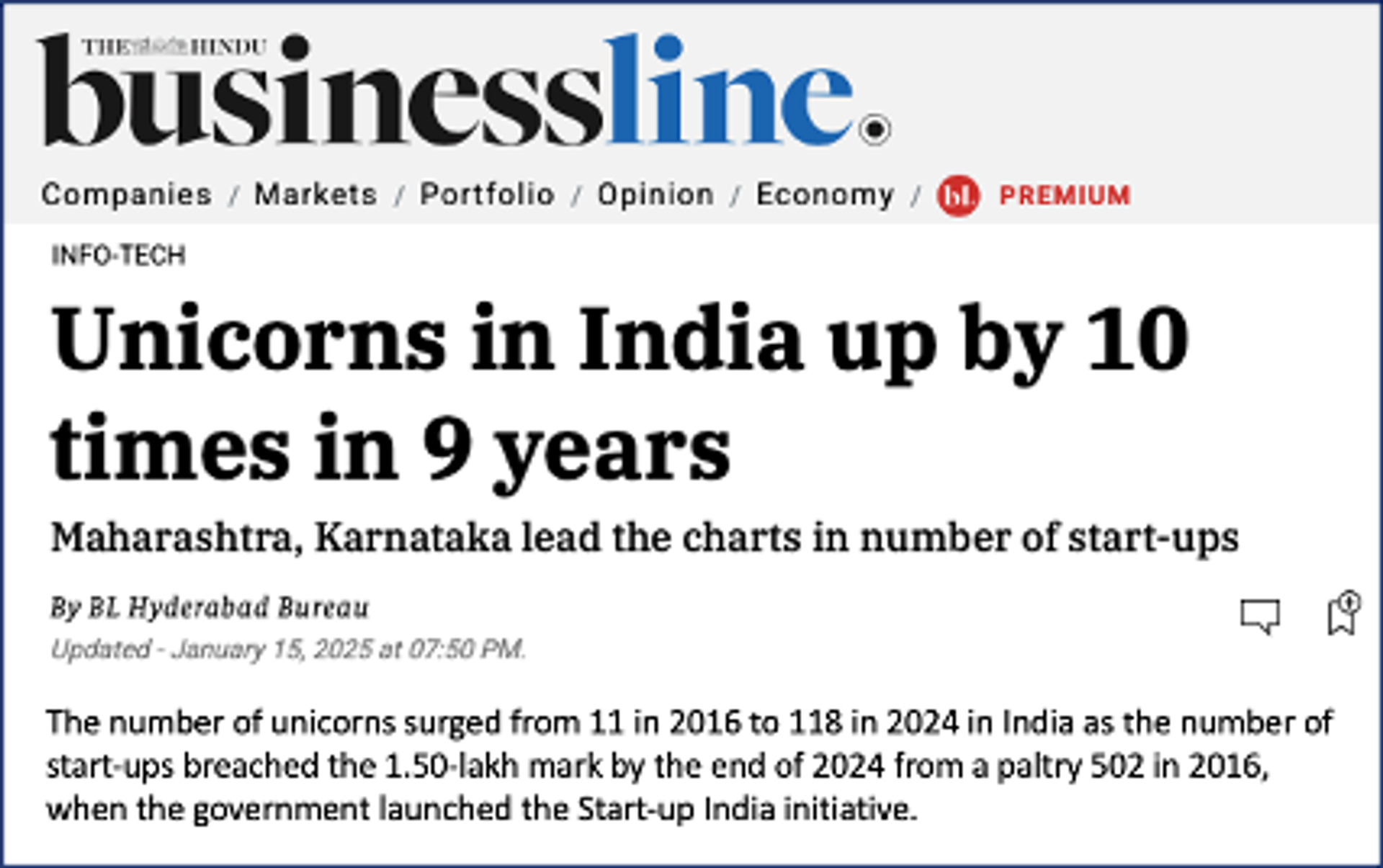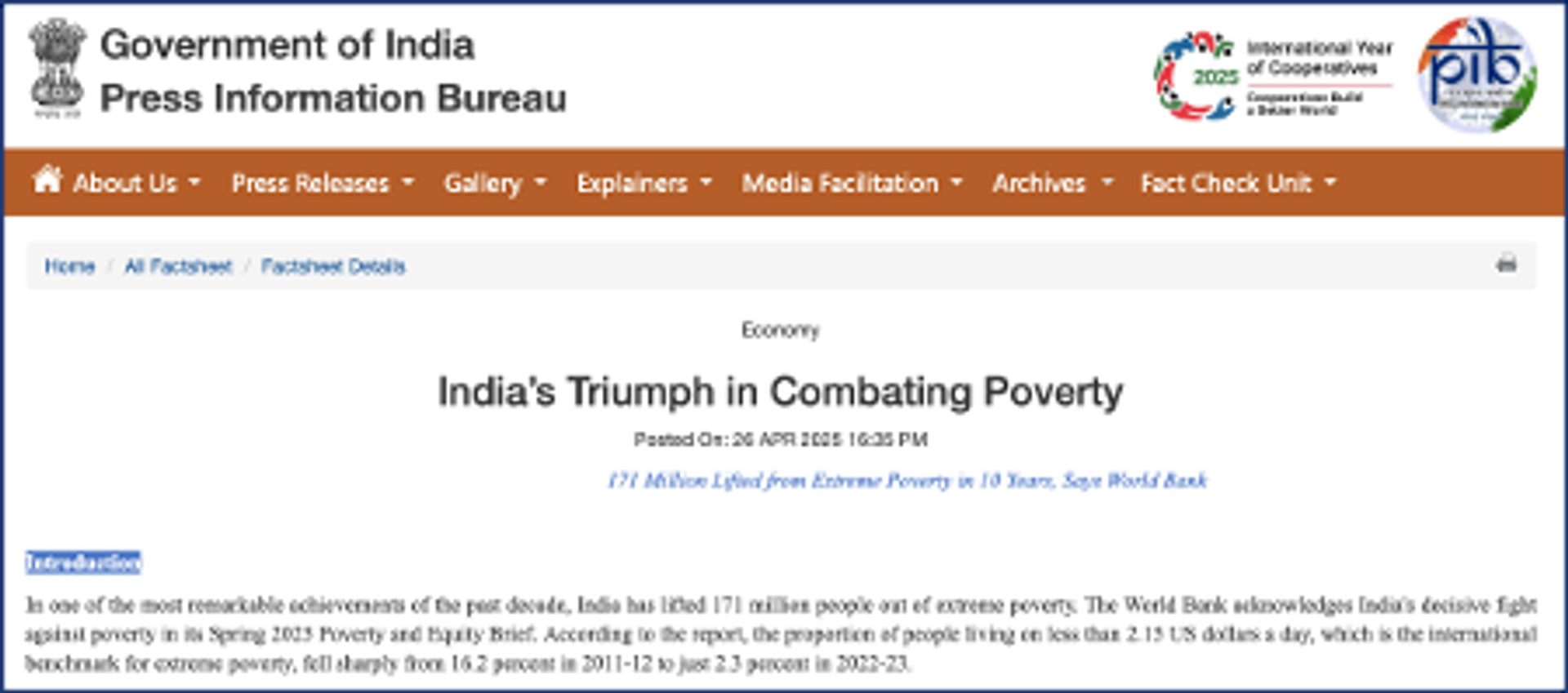
11 yrs of Modi Govt: Part-2: Monetary Policies
(This part of the article is in continuation of part-1 of “11 yrs of Modi Govt: Part-1: The Honesty” which could be read at https://thecounterviews.in/articles/11-yrs-of-modi-govt-part-1-the-honesty/).
Introduction
When Modi Govt came to power at the Center, the economy was in tatters. It seemed as if the previous UPA-II govt had really looted the nation. There were numerous many ailing PSUs and Industries mostly those under direct control of the govt. On one side there were acute dearth of funds for investment and modernization and on the other, a parallel black-money economy was ruining the nation. It was believed that the Fake Indian Currency Notes (FICN) were infused with impunity and ‘Phone-Banking’ for VIPs withdrew huge amounts from the banking sector that ended up as ‘bad loans’. Govts of the past were warned of the huge FICN circulating in markets but they didn’t have guts to take corrective actions. On the other hand, phone-banking grossly increased the “Non-Performing Assets (NPAs), difficult to recover. The major economic reforms by Modi govt are as below:-
- Removal of many ‘Black money sources’ thru’ demonetisation, GST reforms.
- India becoming 4th highest economy of the word from the’ fragile-five’ in 2014.
- Alleviating 26 Cr poor above Poverty Line, providing basic amenities.
Removal of Black money sources. Prior to 2016, there was a parallel national economy of black money with sizable chunks of Pak-ISI printed Fake Indian Currency Notes (FICN) of higher denominations in circulation. PM Modi at 8 pm of 8th Nov 2016, after the banking hours had ceased, announced the demonetisation of Rs 1000 & Rs 500 currencies requesting the citizens to deposit in banks and exchange with other currencies. It may be recalled that many series of Pak-ISI printed FICN were very difficult to be distinguished from the originals. Although this step posed some hardships to many, but it nearly flushed out all black money of those times. Loads of FICN were burnt, thrown away. Several gunny bags of the FICN with Maoists & Naxals were abandoned. This step of the govt hit reasonably hard to the black-marketeers, terror-networks and those having direct links with Pak-ISI. It is another matter though that many people/parties/agencies having demonetised currencies hired the services of common people, those having Jandhan accounts, to get them exchanged at some commission though.
A large sum of black money was in the business in the unorganised sectors that were hit hard. Daily wagers in this sector used to survive on hard cash and those were impacted with the circulation money gone. On the other hand, demonetisation provided the citizen and the business community an opportunity to increasingly move towards digital transactions that is invariably traceable. Later, large sum of demonetised money entered circulation that were earlier hidden from public utilities. It is other matter though that corrupt practices by many are again generating black money.
In a similar manner, there were huge corruption in the indirect taxation that was streamlined by the implementation of the GST. As it turned out in the subsequent months and years, that nearly 1/3rd of the indirect taxation was being scammed. What used to be a monthly collection of Rs 55,000 (+ 5,000 Cr) indirect taxes before implementing of GST, jumped to Rs 80,000 Cr (+ 5,000 Cr) after its implementation. GST collection by Apr-May 2025 has reached Rs 2 lakh Cr. It has been a massive success. In the initial period there were some teething problems which could be ironed out soon. This also rooted out the corruption going on at the inter-state check-posts in the transportation of goods.
India becoming 4th largest economy. Towards the end of UPA-II govt, Indian economy was tottering as ‘fragile five’ in the world. Modi Govt believed that in order to make India strong, its economy in terms of GDP had to increase. Govt had taken many firm steps for economic growth of India for it to be noticed on the world stage. It was done essentially by attracting Foreign Direct Investment (FDI) thru’ ease of doing business (supported by tax reforms, labour code simplifications, and repeal of numerous archaic laws), boosting the growth of MSME sector and becoming world manufacturing hub for mobiles, automobile as well as many other goods.
India became the fastest growing economy in world and its GDP grew from ₹105 lakh crore ($2.1 trillion) in 2013–14 to over ₹330 lakh crore ($4.2 trillion) in 2024–25. Govt has made a resolve to become 3rd largest economy in the world by 2027 just behind USA & China, and all economic growth parameters indicate that it would achieve it even before the specified period. The country’s export grew by 91%, hitting $890 billion in total exports. Initiatives like the Production Linked Incentive (PLI) Schemes attracted ₹1.61 lakh crore in investments and created over 11.5 lakh jobs across 14 sectors. This is what Modi Govt had taken a resolve and is about to fulfil it too. MSME, Start-up and self-entrepreneurship has contributed a lot in it.
Success Story of Start-ups deserves a very special mention. The ‘Start-up’ companies have come up in very large numbers in numerous many sectors incl Common user products, Consumer items, Defence technologies & manufacturing and Space technologies besides others. Although ‘start up companies’ had started coming up >2 decades back but a spurt came in the 11 yrs of Modi Govt that made provisions for its facilitation esp funding through banks. Its numbers have multiplied by >10 times in 9 yrs in the last 11 yrs because of fundamental shift in govt policies such as ease of doing business, tax rebates, creating a conducive market and giving them their space for growth. Today, there are >1,50,000 Start up companies and 118 of them have become Unicorns; a 10 fold increase from what it was in 2016.
Alleviating 26 Cr poor above BPL. Through its ‘Antyoday’ scheme, Modi govt could reach out to the poor sections in all societies, rendering a feeling to all its poor who had been left behind by all past govts, of living in free and developing India. Now there is food for all poor (PM Anna Yojna), a pucca shelter (PM Awas Yojna), a potable drinking water supply within own house (PM Har ghar nal se jal), free electricity connections (Soubhagya Yojna), free medical care scheme (PM Jan Arogya Yojna or ‘Ayushman Bharat Scheme’) and roads to connect almost all rural villages. Extreme poverty now a days, is a thing of past for nearly 36 Cr people, and 26 Cr of them have been alleviated above ‘Below Poverty Level (BPL)’ tag. There are several monetary benefits too for the disadvantaged groups whom monetary assistance is being rendered thru’ Direct bank transfers. These schemes were unimaginable in previous govts.
In a Nut-Shell
It can be said with fair confidence that in the 11 yrs, Modi govt has been able to adopt a progressive monetary policy. Black-money generating tax heavens have largely been done away and both direct and indirect taxes are reaching the various departments of the govt. The nation has already become 4th largest economy in the world (from 11th in 2013-14). Monetary benefits have reached to all sections of people esp those below poverty line (BPL). A substantial number of such people have risen above BPL and extreme poverty has become a matter of the past.


